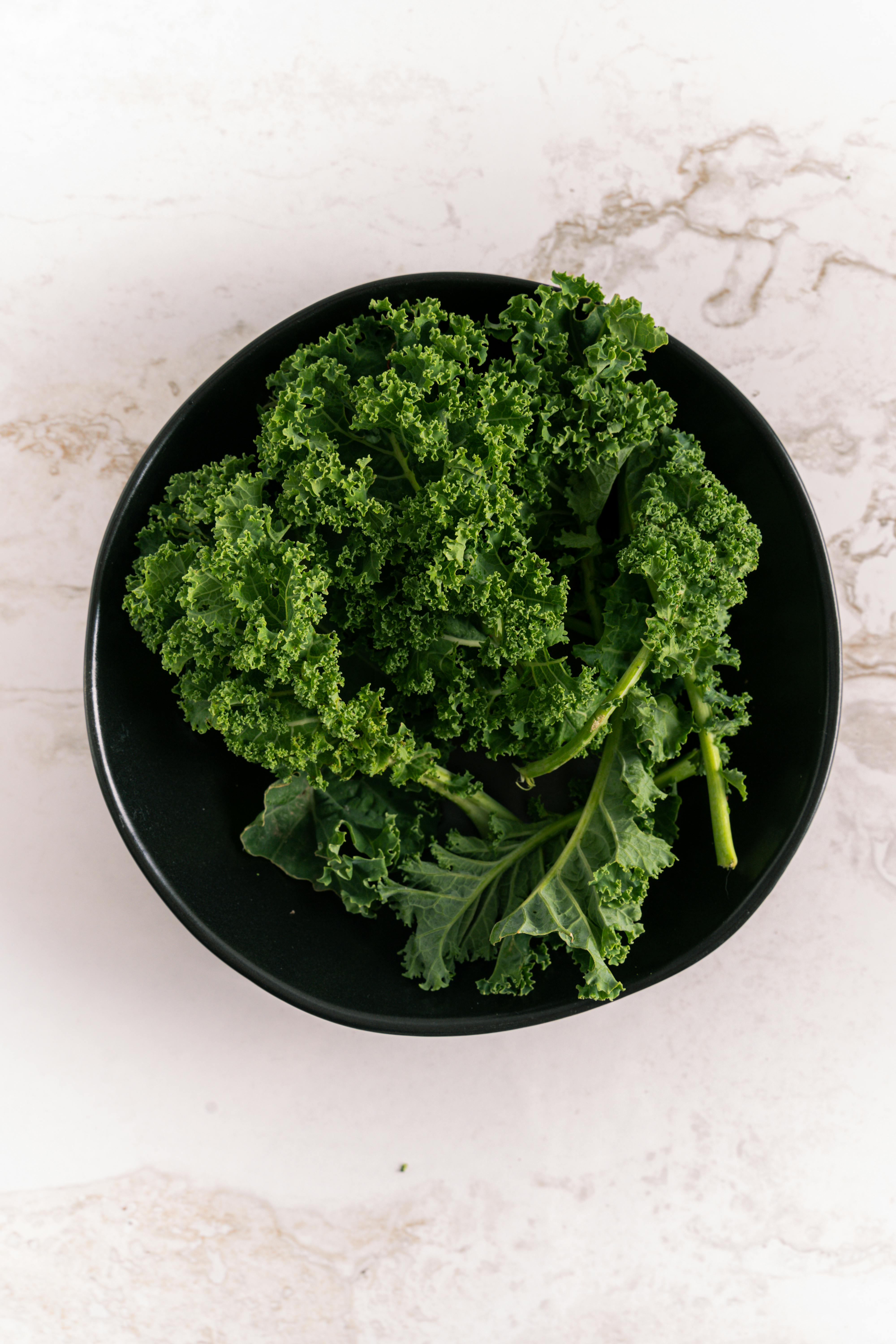Best 5 Choices for How Much Protein is in Ham in 2025

Understanding Protein Content in Ham: An Essential Guide
As dietary trends evolve, protein intake remains a significant focus for health-conscious consumers. Ham, a widely enjoyed meat, offers a notable amount of protein, making it a valuable addition to many diets. In this article, we'll delve into the protein levels in ham, exploring its nutritional value, benefits, and comparisons with other protein sources. Understanding the protein content in ham can help you make informed dietary choices in 2025 and beyond.
Many people question the amount of protein in ham as they plan their meals. Ham not only provides essential amino acids but also serves various culinary needs. With insights into ham protein analysis, you'll discover which options fit your nutritional goals best. Our roadmap covers comparisons between different types of ham, how to consume it for protein intake, and crucial dietary protein tips.
Key Takeaways:
- Overview of protein in ham and its benefits
- Understanding ham protein content in various preparations
- Comparison of ham protein with other sources
- Practical recommendations for incorporating ham into a balanced diet
Examining Ham Protein Content Across Varieties
Building on our introduction, it's crucial to establish what we mean by ham protein content. Not all hams are created equal, and protein levels can vary significantly depending on the type of ham. Factors such as preparation method, curing process, and serving size play critical roles in determining the protein content of ham.
Protein Levels in Different Types of Ham
For instance, the protein content in cooked ham differs from raw ham. Cured or processed varieties tend to have slightly higher protein concentrations due to the water content being removed during processing. A common metric for understanding this is the protein content per ounce; for example, many varieties of deli ham can provide around 5-10 grams of protein per serving.
Comparative Analysis of Ham vs. Other Meats
When consuming ham for protein, it's worth comparing it to other protein-rich meats. Turkey, chicken, and beef are also popular choices for protein sources. While turkey has a slight edge in lean protein content, ham presents an excellent alternative, particularly in culinary versatility. For those interested in weight management and muscle growth, understanding these distinctions is key.
The Role of Cooking on Ham Protein Levels
Another aspect worth noting is how cooking methods can affect protein levels. Grilling or baking ham can retain its protein content effectively, while boiling may cause some nutrient loss. Understanding how to cook ham optimally can enhance your meals while ensuring you maximize protein intake.
Benefits of Incorporating Ham into Your Diet
With these basics established, let’s discuss why ham is a fantastic choice for your protein needs. Given its affordability and flavor, ham is a favorite among many families. It provides an easy way to meet daily protein requirements while enjoying delicious meals.
Amino Acids and Their Importance
Ham is rich in essential amino acids, making it a great protein source, especially for those aiming to build muscle or recover post-exercise. Regular consumption can aid in muscle repair, promote satiety, and support overall health.
Low-Fat Ham Options: Making Smart Choices
For individuals monitoring their fat intake, opting for low-fat ham protein can be a rewarding choice. These options often provide comparable protein levels with reduced calories, making them suitable for a healthy diet.
Creative Ways to Incorporate Ham into Meals
Integrating ham into your meals can be both easy and rewarding. Consider making ham sandwiches, stir-fries, or salads that highlight the rich protein content while providing vibrant flavors. The culinary uses of ham are virtually endless.
Measuring Protein Intake from Ham
Following this approach, it’s essential also to understand how to accurately measure your protein intake from ham. This knowledge can help with meal planning and achieving your fitness goals effectively.
Nutritional Protein Analysis of Ham
When referring to ham protein nutrition, focus on the serving sizes and how much protein each slice provides. A common serving size is around 2 ounces, which can yield approximately 10-12 grams of protein, depending on the type of ham.
Daily Protein Requirements and Ham
Understanding daily protein requirements is crucial, especially for athletes or individuals with higher protein needs. Depending on your age, activity level, and fitness goals, you may want to consider integrating multiple sources of protein, including ham, to meet your needs efficiently.
Practical Tips for Consuming Ham
To maximize the benefits of consuming protein in ham, think about incorporating it into various meals throughout the day. Using ham in breakfast omelets, lunch salads, or dinner preparations not only boosts protein intake but also keeps meals exciting.

Comparing Protein in Ham with Other Common Foods
As we progress, let’s examine how ham protein compares with other protein sources. This naturally leads us to consider its nutritional benefits against alternatives like chicken, turkey, and plant-based proteins.
Protein Comparison with Poultry
Ham versus turkey protein is often debated among health enthusiasts. While turkey is typically leaner, ham maintains its place in the protein-rich meats category due to its flavorful profile and notable protein content. Understanding these nuances can guide smart dietary decisions.
Plant-Based vs. Animal Protein Sources
For those exploring alternatives to ham protein, plant-based options offer various proteins. However, they often lack some essential amino acids found in meat sources. Combining different protein sources can ensure balanced amino acid profiles, supporting overall health and nutrition.
The Versatility of Ham in Diet Plans
Lastly, let’s not overlook the strategic role ham can play in meal prep and diet plans. Its versatility allows it to fit within various dietary frameworks, from high-protein diets to balanced meal plans emphasizing nutrient diversity.

Conclusion: Embracing Ham for Nutritional Excellence
In summary, understanding the protein content in ham can provide valuable insights into its role as a dietary staple. With a range of protein levels, varying by type and cooking method, ham showcases its versatility and nutritional profile. For those seeking protein-rich meals, ham stands as a compelling option.
From its favorable protein levels to its culinary flexibility, ham offers numerous benefits while allowing you to explore various dishes. As you refine your meal planning in 2025 and beyond, consider how to best incorporate ham into your daily diet effectively while enjoying its flavorful advantages.